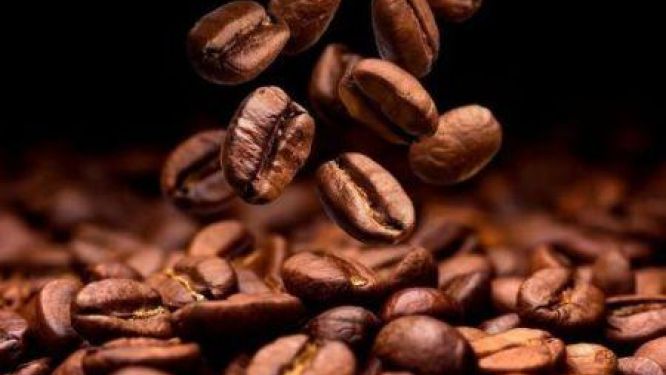
• Global coffee consumption projected to hit a record 169.4 million 60-kg bags in 2025/2026, up from 166.5 million in 2024/2025.
• China’s coffee demand more than doubled in a decade, becoming the world’s sixth-largest consumer.
• Despite sharp price increases, coffee demand remains resilient, with limited impact on retail prices.
Global coffee consumption is set to reach a new all-time high in the 2025/2026 season, confirming strong demand despite record price surges in recent months.
According to the latest report from the U.S. Department of Agriculture (USDA) released in June, worldwide coffee consumption is projected to hit 169.4 million 60-kg bags for the upcoming season starting in October, up from 166.5 million bags in 2024/2025.
This would represent the highest annual consumption ever recorded, extending a decade-long growth trend in coffee demand. Since 2015/2016, global coffee consumption has increased by over 16 million bags, fueled by steady gains in traditional markets and rapid expansion in emerging markets such as Indonesia, the Middle East, and especially China.
China’s coffee consumption more than doubled over the past decade, rising from 2.4 million bags in 2014/2015 to an estimated 5.6 million bags in 2024/2025. This rapid growth makes China the world’s sixth-largest coffee consumer, behind the European Union, the USA, Brazil, the Philippines, and Japan.
This boom is largely attributed to the westernization of lifestyles among Chinese youth, who increasingly opt for coffee over tea. The surge in coffee preference has driven the proliferation of coffee shops and retail chains, both from local players and global giants like Starbucks.
Demand Shows Strong Resilience
The USDA’s optimistic forecast highlights coffee demand’s remarkable resilience despite recent sharp price increases. Arabica coffee, widely used in roasted and ground blends, saw its price rise 69% over the past year, peaking at $3.48 per pound on December 10 before closing at $3.14.
Robusta coffee, the primary bean for instant coffee production, experienced an even steeper price climb of 72%, ending the year at $4,875 per ton after reaching a high of $5,528 on November 28.
While such significant price jumps could have dampened consumption, analysts believe this is unlikely. According to the FAO, coffee accounts for less than 1% of average annual household spending in the EU and the USA—two regions that together represent almost 40% of global consumption—making coffee demand relatively insensitive to price fluctuations.
The FAO further notes that a 1% rise in international coffee prices translates to only a 0.24% increase in retail prices in the EU after 19 months, and just 0.2% in the USA after 13 months.
Moreover, large roasters like Nestlé and Starbucks rely on futures contracts to hedge against price swings and can distribute cost increases across different parts of the coffee value chain.
Reuters estimates that raw coffee prices represent just 1.4% of the total price of a typical $5 cup of coffee at a Starbucks store in the United States.
Espoir Olodo











Comments